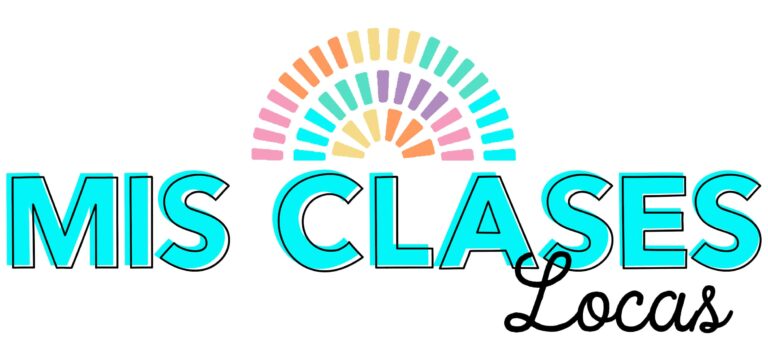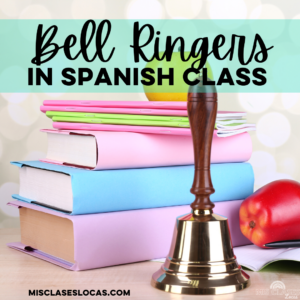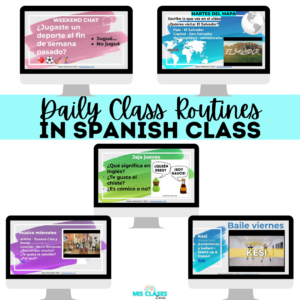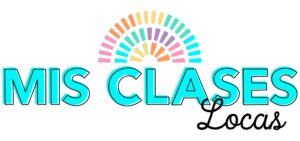Last Friday I got a great surprise in the weekly school newsletter. I was voted positive teacher of the week by the staff and students. Besides making me feel welcome at a new school, it really reminded me how great it is when someone recognizes you in a positive way. I decided to try to add more positive reinforcement in our classroom routines.
Positive Tickets
I was looking for a new positive reinforcement when I cam across a post from a while ago, Martina Bex’s Chiles. Martina also just posted some great ideas for using positive tickets to purchase positive phone calls home or time sitting a comfy chair. Here is how the positive tickets work in my class.
- I printed the tickets on a different color for each level. (I have seen other teachers use carnival tickets or other tokens).
- I explained that tickets can be earned for: being on task, replying in full sentences, volunteering, going the extra mile, etc. Once they get one, they must write their name, class and date on it.
- Tickets can be either be saved & collected for future (to be determined) prizes OR put in the drawing of the week.
- Tickets earned this week can be put in the basket for a drawing Friday to sit in one of our comfy chairs for the entire following (homecoming) week.
- I would love more ideas of positive experiences (not things) that tickets can be used for.
Positive Validations

One of my early blog posts detailed how I use positive validations in the classroom. Everyone loves getting “2 snaps and a power whoosh” after volunteering to lead the VIERNES chant or being the special person. Students also love creating new ones in Spanish!
El Pingüino
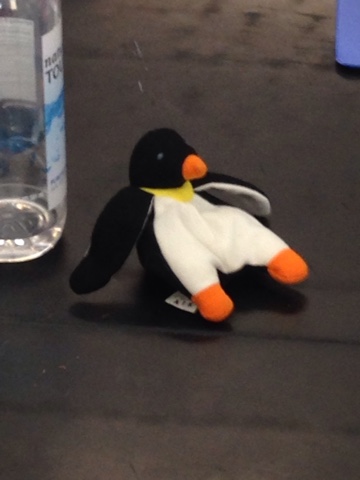 |
| El Pingüino keeps students in Spanish |
I loved Cythnia Hitz post about her strategy using Donkey jote to keep students in the target language, so I decided to try it out myself. I inherited a mini stuffed penguin in my classroom and he became our animal of choice. El Pingüino does not like to hear English, so he moves to sit on the table of someone speaking English. Since penguins can not fly, he must be picked up and moved if someone else speaks English. The goal is to stay in Spanish. If the penguin is on your desk at the end of class, you get to show the teacher that you CAN speak Spanish either at the end of class, or at the end of the day. I try to keep El Pingüino positive as just a friendly reminder. It is nice that the students police themselves and pay attention to their use of the target language.
La Persona Especial
One of the best changes to Spanish 1 I have made this year is starting a version of Bryce Hedstrom’s Special Person interviews. Each day one student volunteers to be our special person. They can either sit on the special stool or stay in their seat. The plan is to go through the whole class once with basic questions and then go through again adding more questions. It is such a great way to practice the informal you, I and he/she forms of very common verbs and question words, without having a whole basic about me unit like I used to do. For example:
Teacher – “Jake, how old are you?”
Student – “I am 16.”
Teacher –“Class, how old is Jake?”
Class – “Jake is 16.”
Since in Spanish you have age, this verb can then be used to learn all about the person. In the future I would like to do a little quiz where students describe their classmates.
I love how much we have all learned about each other in Spanish, and how it really does positively recognize one particular student at a time.
What are some of your positive classroom routines?
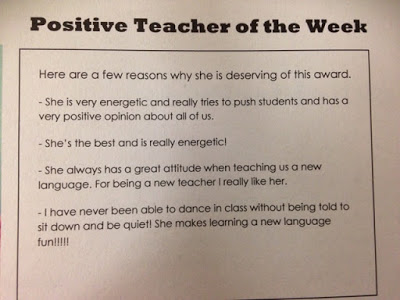 |
| Here is what my students said about me that made my day! |
